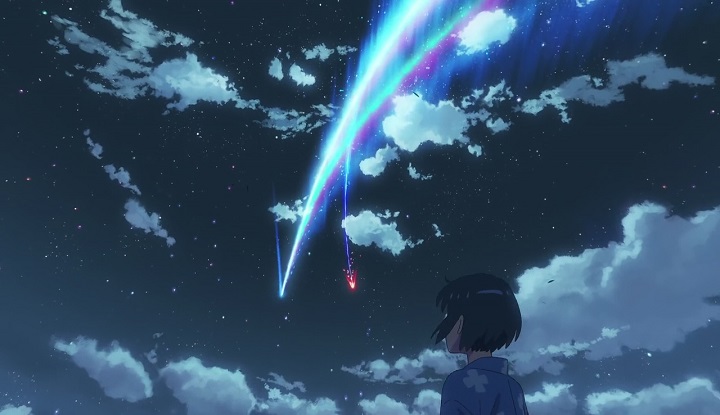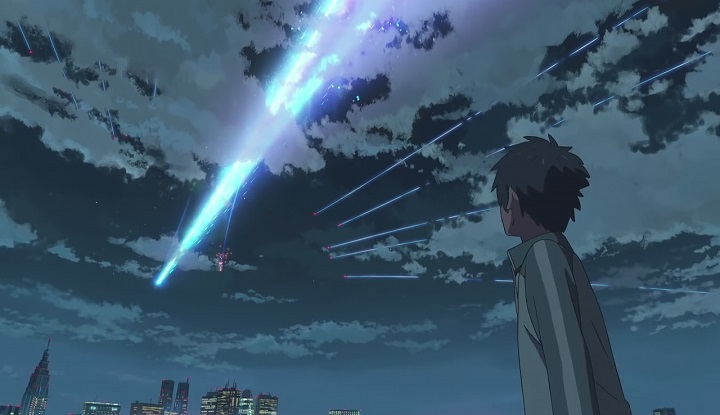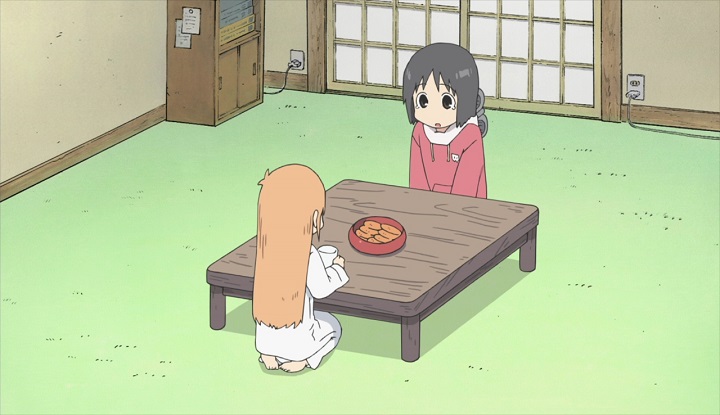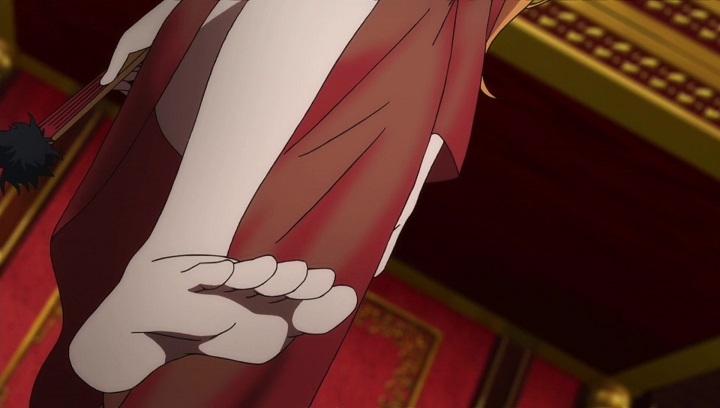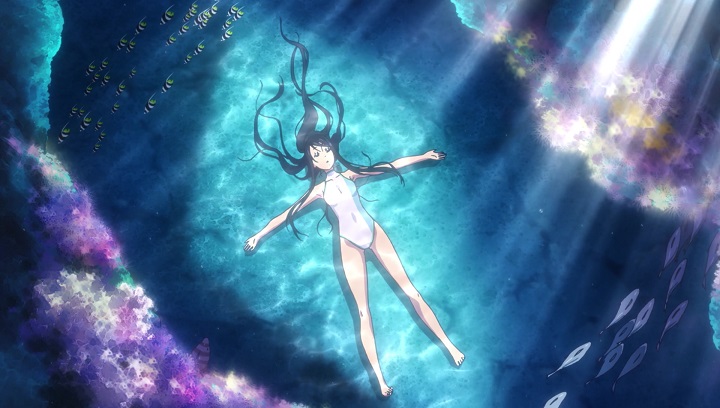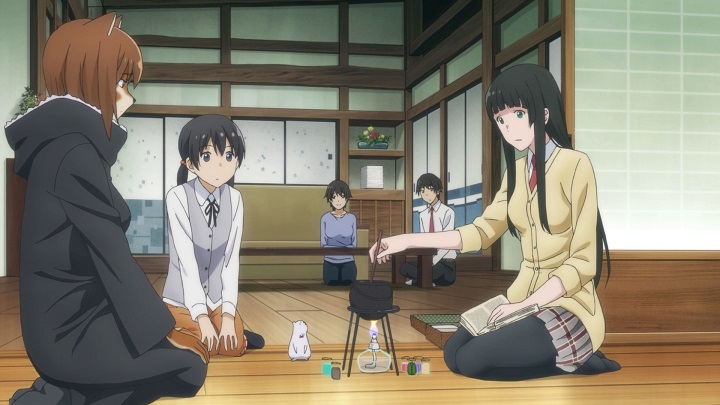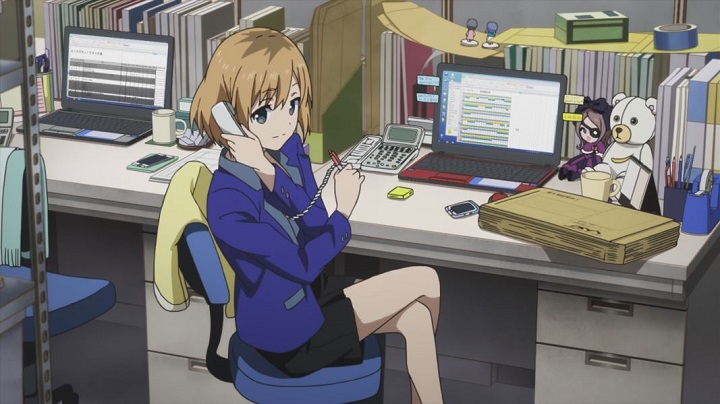What continues to surprise me, when I walk down a street at night and catch the corner of a bedroom beyond a window’s curtain, or someone flipping through TV channels from the couch, is the longing I feel for these homes I’ll never be invited into—or, maybe more accurately, for the lives I’ll never live. — Kristen Radtke1
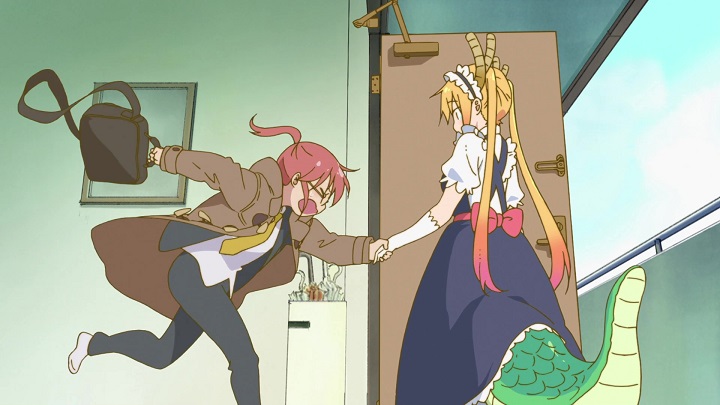
More than the zany antics of Tohru or the endearing naïveté of Kanna, it is Kobayashi’s insights into the aloneness of her apartment that left the deepest impression. After she yields to Tohru’s maid offer, she realizes just how long she had been alone. However, this sentiment is not accompanied by sadness, but pragmatism: she needs a caretaker and a larger space.
Continue reading

